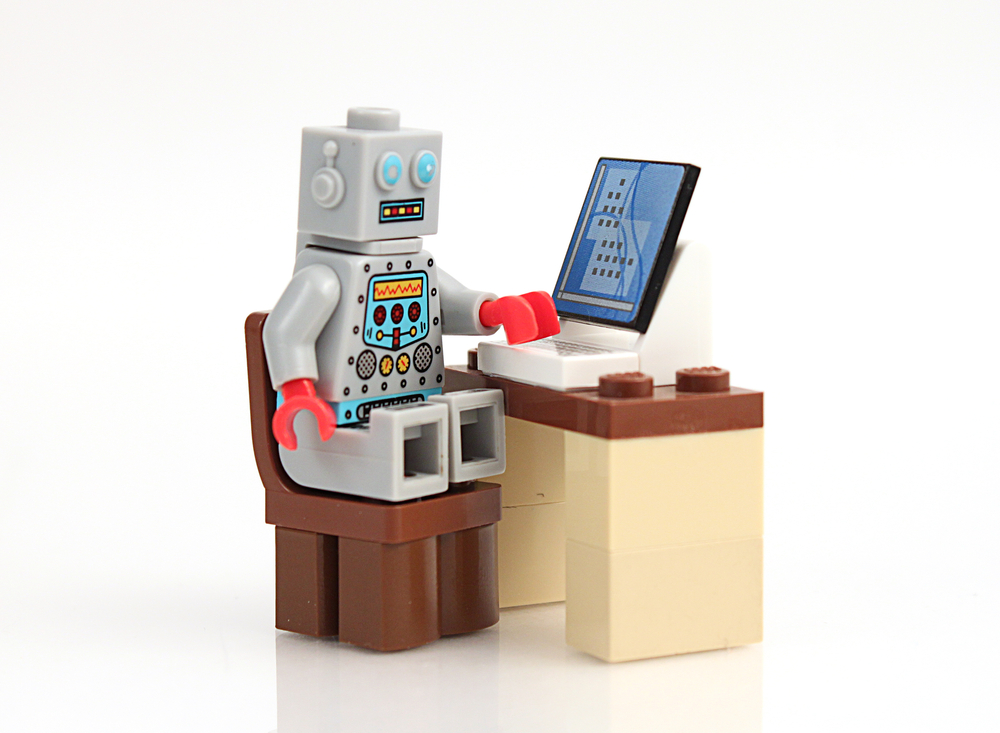Like a science fiction movie, automation sparks thoughts of humanoid robots that replace people, or can at least do things better – or sometimes worse – than we can. Seemingly every day, there is a news story about automation’s impact on categories of jobs. Let’s face it, automation will probably make some jobs redundant, but it will also create others.
The UK government is examining the impact of Artificial Intelligence (AI), launching a Whitehall Inquiry’ examining the impact of AI on employment.
The Inquiry aims to look not only at the future workforce but the impact of AI on society as a whole, moving out of the realm of science fiction into the here and now.
Despite all the fear mongering around the issue, the rise of so-called robotic process automation services in the workplace is actually liberating people from unproductive work and creating whole new industries and opportunities.
> See also: Software 'robots' are already making business processes smarter, say enterprise leaders
The reason is the future of knowledge work depends upon smart robots empowering smart people.
This will free them from the humdrum of rote and repetitive tasks to create greater business value than was ever possible before. As a result, we are entering a new era of human-machine interface for repetitive and rote processes, in which software tools have emerged as 'the robots' for knowledge work.
Using robots to become smarter
Research from Cognizant earlier this year into intelligent process automation across Europe and the US highlighted the rise in the use of the increasingly sophisticated technologies of process automation, and the corollary impact on analytics.
It showed that intelligent process automation used by smart businesses is allowing them to do a much better job of tackling complex process opportunities, becoming a force-multiplier to people who are still essential to process work.
It is also accelerating adoption of machine learning and artificial intelligence augmenting the effective use of big data. European and US executives consider their use of process automation to be high already: respondents cited current levels of automation at 25% – 40% of existing workflows.
Nearly one-fifth reported achieving cost savings of greater than 15% from intelligent process automation (IPA) in the past year alone, and half of respondents stated that automation will significantly improve their business processes within three to five years.
Power to the people: all things being equal, robots and humans aren’t
The potential here is huge. The robots of intelligent process automation mean that work is done around the clock, eliminating human error and reducing unnecessary steps.
For businesses, it means better efficiency, creating a money-saving assembly line and new delivery models to drive revenue. Examples include smoother insurance claims administration, better patient records management in healthcare and more efficient credit card administration in financial services.
However, it is also important to make the most of the skills that humans are good at: only humans have the collaboration, teamwork, creativity, curiosity, intuitiveness, invention, and empathy to create processes that meet – and even exceed – human needs.
It is true that robots can do the same tasks over and over, with zero variance with significantly fewer errors, but that does not put humans on the side lines. Instead, humans must still oversee robots to monitor, orchestrate, coordinate and remediate problems if something goes wrong.
It is also important to remember that automation has its limits: there are some things that robots just cannot do such as sense and understand people’s emotions and think on their feet. That is where a blended model of automation augmenting talented people can provide extraordinary outcomes.
Recently the media carried the story of a U.S. National Public Radio journalist who raced a machine to write a news story. The outcome was that, although the machine was faster at writing the article, the story written by the machine did not include the emotion or flair of the piece written by the journalist.
Point being, although machines may have a place in the workforce (or in this case the newsroom) and that the automation of basic work is part of natural evolution, machines will not replace journalists (or their jobs) but will be used instead to aid busy journalists who, in today’s digital news environment, are often under time constraints and pressures.
Intelligent process automation could take some of the factual reporting off their hands, leaving them with the time to write more creative and in-depth features.
Data generated from automation radically improves outcomes
Whilst it is exciting to think about people liberated from unproductive or unfulfilling work, the data generated by intelligent process automation is of tremendous benefit for businesses and workers alike.
Businesses that are already embracing these new technologies are capturing more data, improving processes, and generally empowering workers to be more effective.
> See also: Inside the virtual workforce: an army of software robots revolutionising enterprise innovation
For example, having more customer data at employees’ fingertips and being able to share it across the business can allow them to respond to queries directly and more quickly without having to ask colleagues across different departments.
So while a futuristic version of AI continues to fuel the latest sci-fi blockbusters, we have already entered a new era of human-machine working, in which software tools have emerged as 'the robots' for administration and knowledge-based tasks.
Though we are likely to see the rise of the machines over the coming years, chances are, we will not have to worry about a sci-fi dystopia of cyborg terminators. We shall be able to harness the raw power of automation however and the data it generates to amplify human grit, creativity, determination, decision-making, adaptability and the will to succeed. Automation with sophisticated – and increasingly intelligent – technologies is here to stay and help us thrive.
Sourced from Gajen Kandiah, Executive VP, Business Process Services, Cognizant










